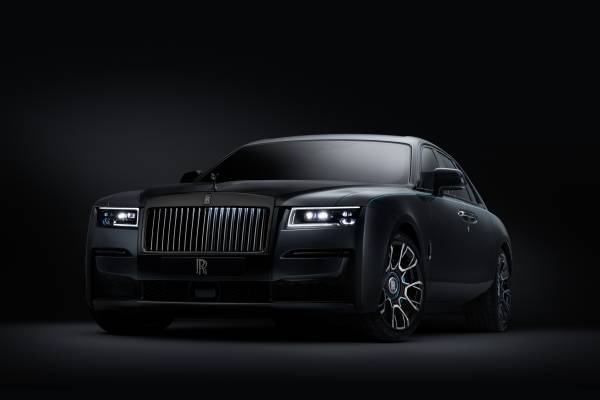· El 29 de octubre se conmemoró el Día Mundial del Evento Vascular Cerebral
· Cada año, en todo el mundo, casi 15 millones de personas sufren un evento vascular cerebral (EVC)
· 2 de cada 3 sobrevivientes de EVC tienen algún tipo de espasticidad y rigidez muscular
Ciudad de México, 30 de octubre de 2021.- El 29 de octubre se conmemora el Día Mundial del Evento Vascular Cerebral, mejor conocido como “embolia, infarto o derrame cerebral”, con la finalidad de sensibilizar a la sociedad sobre esta enfermedad y sus consecuencias, además de difundir medidas de prevención para reducir el riesgo de sufrir un infarto cerebral.
Se conoce como evento vascular cerebral a una alteración en las neuronas que provoca disminución del flujo sanguíneo en el cerebro, acompañada de alteraciones cerebrales de manera momentánea o permanente.[1]
En todo el mundo, cada año casi 15 millones de personas sufren un evento vascular cerebral y un tercio de esos casos -o aproximadamente 6.6 millones- fallecerá.[2] De acuerdo con la Organización Mundial de la Salud, el EVC es considerado la segunda causa de muerte en el mundo, siendo los países de ingresos medios y bajos los más afectados.1 Tan sólo en nuestro país, fue la sexta causa de muerte en 2015.[3]
Con respecto a los síntomas más comunes del evento vascular cerebral, el Dr. Jorge Hernández Franco, jefe del Departamento de Rehabilitación en el Instituto Nacional de Neurología y Neurocirugía Manuel Velasco Suárez, enlistó la pérdida súbita y unilateral de la fuerza de brazos, piernas o cara, confusión, dificultad para hablar o comprender lo que se dice, problemas visuales en uno o ambos ojos y dificultad para caminar.
Otros síntomas menos frecuentes son mareos, pérdida de equilibrio o coordinación, dolor de cabeza intenso de causa desconocida y debilidad o pérdida de conciencia.
Tras un EVC, atender en casa a un paciente con secuelas implica cambios en las actividades cotidianas del cuidador primario y la familia, que involucran no sólo la atención física, sino también la emocional, social y espiritual. Entre las secuelas provocadas por dicho estado de salud están las alteraciones motoras y sensitivas, la rigidez muscular que suele ser signo de espasticidad y que lo incapacitan en la realización de sus actividades de la vida diaria, así como propiciar en él un alto grado de dependencia.
La espasticidad es muy común, ya que 2 de cada 3 sobrevivientes de EVC tienen algún tipo de espasticidad y rigidez muscular, de acuerdo con la Asociación Nacional de Accidentes Cerebrovasculares. “En sí la espasticidad es un trastorno motor asociado a múltiples enfermedades y discapacidades. Su origen se encuentra en una alteración del sistema nervioso central que provoca un aumento del tono muscular dificultando o imposibilitando total o parcialmente el movimiento de los músculos afectados”, explicó el Dr. Jorge Hernández.
Entre los tratamientos que existen para la espasticidad tras un EVC, destacan los siguientes:[4]
1. Ejercicio de fisioterapia.
2. Ejercicio pasivo.
3. Ejercicio de rango de movimiento.
4. Estimulación eléctrica.
5. Toxina botulínica tipo A.
7. Férulas y ortesis.
La vida después del evento vascular cerebral sufre de una falta de priorización. Las organizaciones de pacientes y las sociedades médicas cuentan con recursos limitados para su atención, como lo es la rehabilitación o el tratamiento de afecciones como la espasticidad.
Con esto en mente, el Dr. Jorge Hernández advirtió sobre la importancia de mejorar la educación sobre la enfermedad, las opciones de tratamiento, acelerar las derivaciones después de un accidente cerebrovascular, y alentar al uso de registros y programas de intervención.

